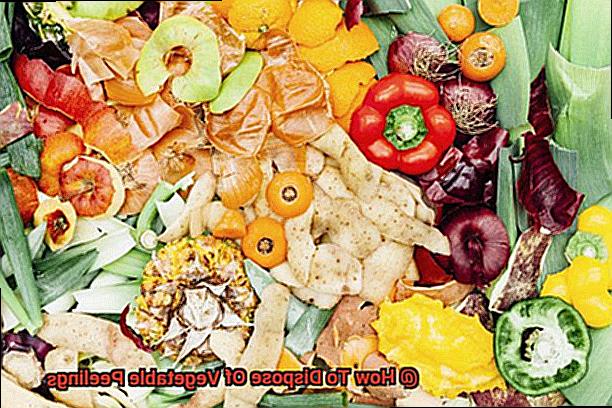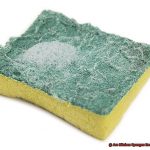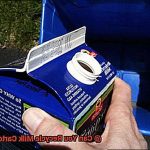Do you have a pile of vegetable peelings in your kitchen and aren’t sure what to do with them? Fear not. There are many ways to properly dispose of vegetable peelings. We’ll discuss composting, recycling, and throwing them out in the garbage can in this blog post.
Composting is an excellent option for reducing waste and creating nutrient-rich soil for your garden. It involves decomposing organic material such as peels into smaller pieces that can be used as fertilizer or soil amendments. After composting, you can use the nutrient-rich soil in your garden or give it to local community gardens.
Recycling is another option: although it may not be a common choice for vegetable peelings, some cities have specific programs that encourage you to recycle food scraps, such as peels. This helps reduce waste and also helps the planet at the same time. Peel peels can also be made into stock or broth – just remember to strain out any solids before using.
And if all else fails, you can always throw your peels out in the garbage can. Although this isn’t ideal from an environmental standpoint, it’s still better than leaving them outside where they can attract rodents or cause other problems.
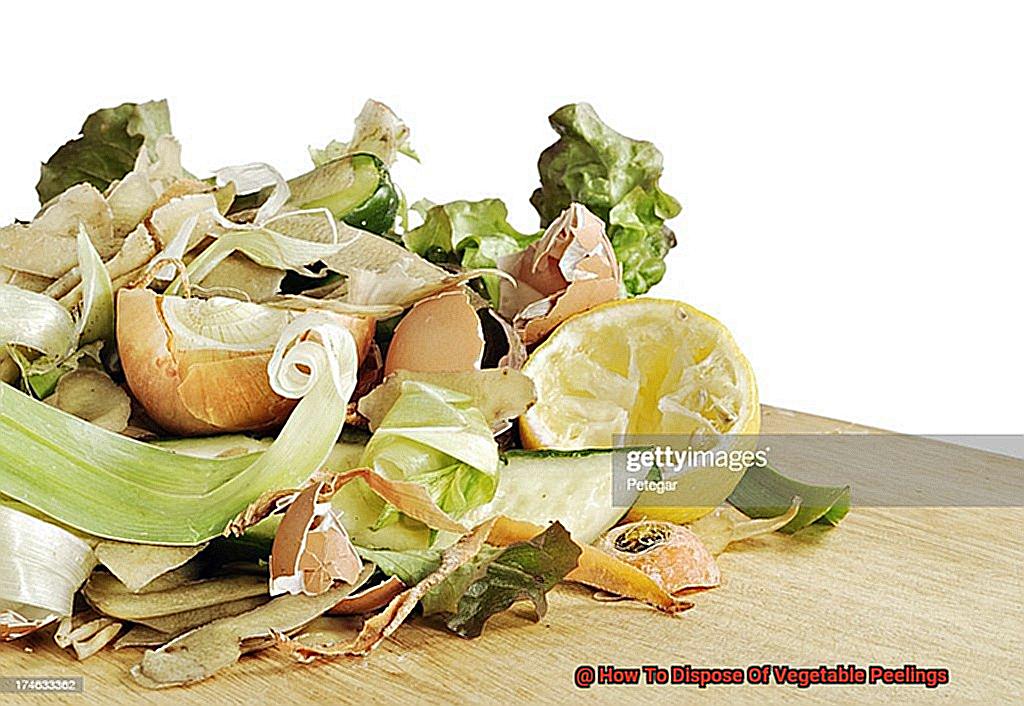
As you can see, there are several different ways to dispose of vegetable peelings properly and safely – so don’t let those peels go to waste. For more details on each method and tips on how to choose the right one for you, please visit this page.
Composting Vegetable Peelings
Contents
- 1 Composting Vegetable Peelings
- 2 Making Vegetable Stock with Peelings
- 3 Adding Peelings to the Green Waste Bin
- 4 What Not To Compost
- 5 Benefits of Composting Peelings
- 6 Tips for Successful Composting
- 7 How To Dispose Of Citrus Fruit Peels
- 8 Alternatives to Composting or Green Waste Bins
- 9 Conclusion
Composting vegetable peelings is a great way to reduce food waste and create nutrient-rich soil for your garden. With just a few simple steps, you can easily turn your vegetable peelings into compost in no time.
To begin, collect all of your vegetable peelings in a compost bin or pile. You can also add other organic materials like leaves or grass clippings to the mix, as they will help speed up the composting process. It’s important to keep the compost moist and turn it regularly, as this will help break down the materials more quickly.
Not all vegetables are suitable for composting, however. Citrus peels take much longer to break down and can even discourage certain microorganisms from doing their job in the compost. Therefore, avoid adding them to your compost bin or pile at all costs.
Additionally, do not use any vegetables that have been treated with pesticides or herbicides as these chemicals can contaminate the soil.
Making Vegetable Stock with Peelings
Transform your dishes into something special with homemade vegetable stock made from vegetable peelings. Not only does it reduce food waste, but also adds extra vitamins and flavor to your cooking.
Making vegetable stock with peelings is easy – all you need is a large stockpot, some clean vegetable peelings such as onion skins, carrot tops, and celery leaves. Simply add the peelings to the pot, cover them with water, bring to a boil, reduce the heat to a simmer and let it cook for about an hour. You can also use other vegetable scraps such as the ends of salad or other leftover vegetables that you may have on hand.
Once the liquid has simmered for an hour, strain it through a fine-mesh sieve or cheesecloth and discard the solid parts. The resulting liquid can be stored in an airtight container in the refrigerator for up to a week or frozen for later use.
Adding Peelings to the Green Waste Bin
If you’re looking for an eco-friendly way to dispose of your vegetable and fruit peelings, adding them to the green waste bin is a great option.
Many local authorities provide a special bin for the collection of garden and organic waste, including biodegradable vegetable and fruit peelings. These can be broken down by microorganisms, making them suitable for composting. This process helps turn vegetable peelings into rich soil that can be used in your garden.
Before adding your peelings to the green garbage can, however, it’s important to check with the local authorities first. They may have rules regarding what can be put in the green waste bin, such as not accepting cooked food waste, meat, or fish products. By following these regulations we help reduce waste and support sustainable and environmentally responsible practices.
Adding vegetable and fruit peelings to the green waste bin is an easy way to reduce your environmental impact while still enjoying all of your favorite fruits and veggies.
What Not To Compost
Composting is an effective way to turn your vegetable peelings into nutrient-dense soil for your garden and reduce the amount of waste you produce. However, it’s essential to know what not to compost in order to ensure the process runs smoothly.
Avoid adding any meat, dairy products, fats or oils, diseased plants, pet waste, or inorganic materials such as plastic, metal or glass to your compost pile. These items will disrupt the composting process, create an unpleasant smell and attract pests. Additionally, pet waste can contain harmful bacteria and parasites that can be hazardous to humans.
It’s also important not to peel citrus fruits like lemons or oranges as this will make the compost too acidic. Additionally, never compost vegetables that have been treated with pesticides or herbicides as these chemicals can remain in the soil and cause harm to plants.
Benefits of Composting Peelings
Composting vegetable and fruit peelings is an easy, sustainable way to reduce waste and create a nutrient-rich fertilizer for your garden. Not only does it save you money, but it also has a variety of environmental benefits. Here are some of the advantages of composting peelings.
First, composting creates a natural fertilizer that can enhance soil quality and foster healthy plant growth. Nutrients such as nitrogen, potassium, and phosphorus are released during the process and are essential for plants to thrive. It’s also more economical than buying chemical fertilizers that may contain harmful substances.
Second, composting helps cut down on the amount of garbage sent to landfills. Vegetable and fruit peelings make up a large portion of household waste, but by composting them, they can be turned into something useful. This reduces the amount of methane produced in landfills which is one of the most potent greenhouse gases.
Composting is also straightforward with no equipment necessary. There are several methods to choose from including traditional composting or vermicomposting which uses worms to break down materials; both can be done at home or in a small garden.
Composting vegetable and fruit peelings is an efficient way to reduce food waste while still providing an accessible and cost-effective way to improve soil quality and promote plant growth.
Tips for Successful Composting
Composting is an excellent way to turn your vegetable peelings into something useful and reduce your environmental impact. But it takes more than just throwing your peelings in the bin and forgetting about it. Here are seven tips for successful composting and growing nutrient-rich soil for your garden:
Get the balance right
Composting is all about finding the right mix of green and brown materials. Green materials include things like vegetable peelings, grass clippings, and coffee grounds, while brown materials include leaves, straw, and sawdust. Aim for a 50/50 balance of these materials by volume.
Chop it up
Give your veggie peelings a good chop with a knife or scissors to help them break down faster.
Keep it moist
Your compost needs moisture to break down properly, so use a watering can or garden hose to moisten the pile as needed. However, don’t overdo it – if it gets too wet, it will become slimy and odorous.
Turn it over
Use a garden fork or compost aerator to ensure that all the ingredients are properly mixed and broken down.
Don’t add meat
Avoid adding animal products such as meat, dairy products, or oils to your compost heap because they can attract rodents and produce bad odors. Stick to vegetable peelings and other plant-based ingredients.
Be patient
Composting takes time. Depending on the size of your heap and the conditions in your garden, it can take anywhere from a few weeks to a few months for your compost to be ready to use.
Enjoy the results
You’ll soon have nutrient-rich soil that is perfect for gardening. Not only will you save yourself money by purchasing soil from the store, but you’ll also be doing your part for the planet by minimizing waste going into landfills.
How To Dispose Of Citrus Fruit Peels
Composting Citrus Fruit Peels/strong>
Give Your Garden a Boost. Composting is one of the most eco-friendly ways to dispose of citrus fruit peels. High in nitrogen, these peels can be chopped into small pieces and added to a compost pile to give it a nutrient-rich boost.
Not only will you reduce waste, but you’ll also be helping your garden flourish with a healthier harvest.
Repurposing Citrus Fruit Peels/strong>
Get Creative. Don’t let those citrus fruit peels go to waste; there are plenty of ways to repurpose them. For instance, you can use lemon or orange peels as natural laundry detergents or as an insect repellent. Or, cut small holes in the bottom of the peel and use it as a seed planter – as the peel decomposes, it will release beneficial nutrients that can help your seedlings grow.
Cleaning with Citrus Fruit Peels/strong>
Freshen Up Your Home. Citrus peels are great for sanitizing around your home due to their acidic properties. Place small pieces of citrus peels in your refrigerator to eliminate odors, or use them on cutting boards and stovetops to remove grease and stains. Not only will they leave your house smelling fresh, but they’ll also help reduce waste at the same time.
Disposing of Citrus Fruit Peels in Your Yard Waste Bin/strong>
Do Your Part for the Environment. If you don’t have a compost pile or don’t want to repurpose citrus peel peels, you can always add them to your yard garbage bin instead.
Contact your local waste management service to find out if they accept yard waste that includes citrus peels – just make sure to remove any stickers or labels from the peels before adding them to the bin. Everyone can do their part for our planet by doing this simple task.
Shop Organic Whenever Possible/strong>
For Your Safety and Health’s Sake. It’s important not only to dispose of citrus fruit peels properly, but also to avoid using fruits treated with pesticides or herbicides when possible.
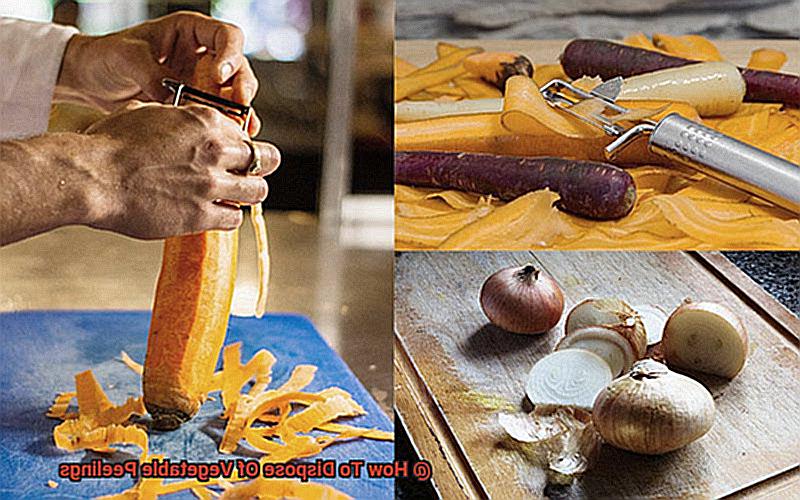
Alternatives to Composting or Green Waste Bins
Composting and green waste bins may be convenient options, but not everyone has access to them. Fortunately, there are plenty of alternatives that are just as eco-friendly and easy to implement.
For instance, why not make your own compost bin with a large container or an old plastic trash can? Simply add layers of vegetable peelings, yard waste, and shredded paper, and keep the mixture moist by adding water every few days. In a few months’ time, you’ll have nutrient-rich compost that can be used in your garden or house plants.
Vermicomposting is another great option. This method uses worms to break down organic material – perfect for apartment dwellers or those with limited space. Purchase a worm bin or create one using a plastic container, shredded newspaper, and red worms.
Add vegetable peelings, fruit scraps, coffee grounds, eggshells, and other food waste to the bin and let the worms do the rest. The resulting worm castings make for an excellent soil amendment that can be used in the garden or sold to other gardeners.
If you don’t have time or space to compost, you can still dispose of vegetable peelings in a sustainable way by making vegetable broth.
- Store the peelings in a container until you have enough for a broth
- boil them in water with herbs and spices; strain out the solids
- Then, use the broth in soups, stews, and other dishes.
- Not only will this reduce waste but also adds extra flavor and nutrients to your meals.
Finally, if you have a yard you can use vegetable peelings directly as fertilizer. Bury them deep enough so they don’t attract pests or animals – watch as they decompose into nutrient-rich soil that nourishes your plants.
Conclusion
Composting vegetable peelings is an easy way to reduce food waste and enrich your garden with nutrient-rich soil. Not only does it save you money, but it also has environmental benefits, like lowering the amount of methane produced in landfills. You can even use citrus peels to make natural laundry detergents or insect repellents.
If composting isn’t for you, there are still plenty of sustainable alternatives. Make your own compost bin with a large container or old plastic garbage can; try vermicomposting; or add peelings to your dishes for extra flavor and nutrients.
Gardeners can use vegetable peelings as fertilizer too. Bury them deep enough so they don’t attract rodents or animals – watch them decompose into rich soil that nourishes your plants.
